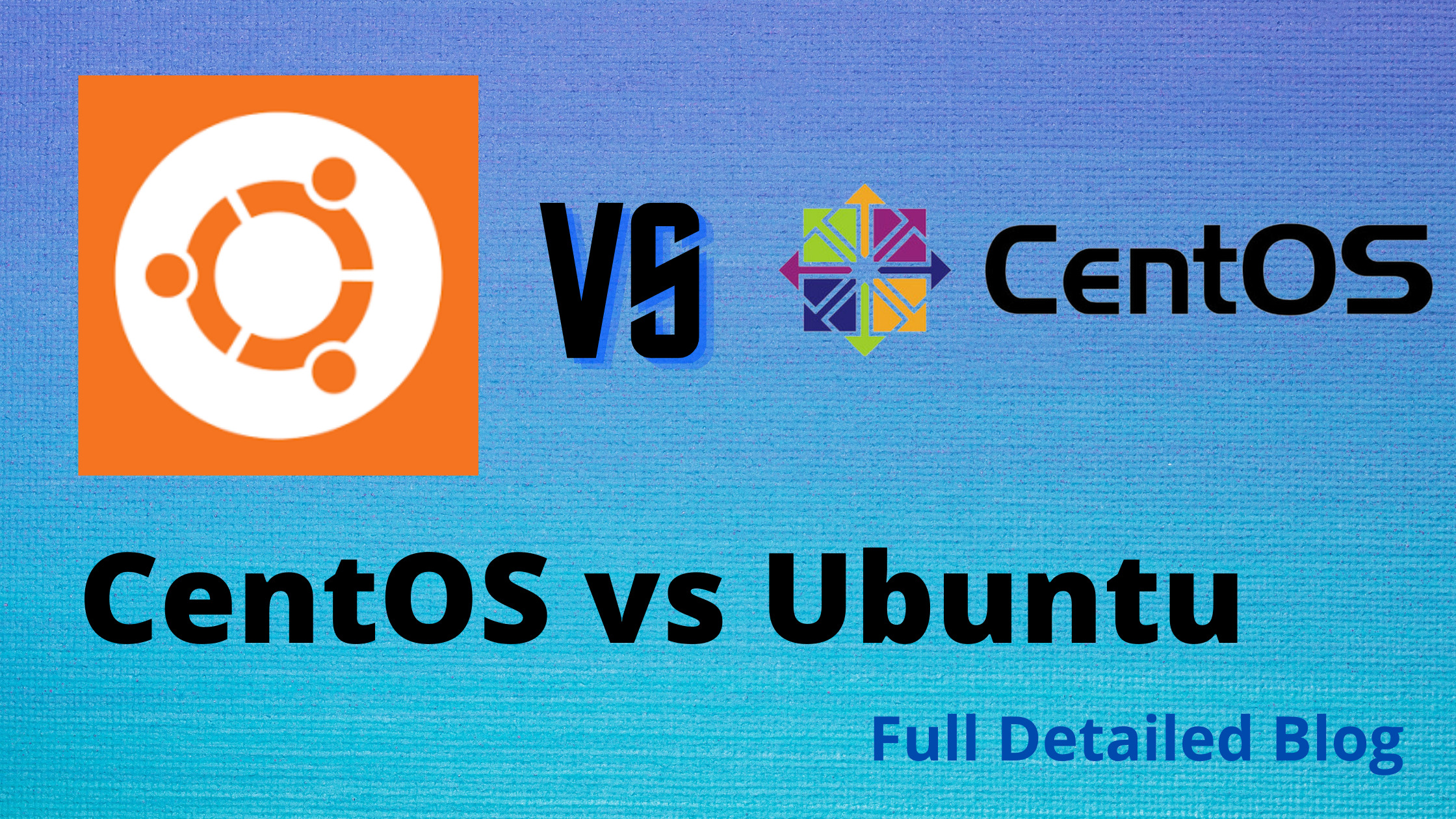CentOS Stream vs. Ubuntu LTS: Future-proofing Your Server

When choosing an operating system (OS) for your server, it’s important to consider your long-term goals. Do you need a stable, unchanging OS for mission-critical applications? Or do you want the latest and greatest features, even if that means occasional instability?

CentOS Stream and Ubuntu LTS are two popular server OSes that offer different approaches to software updates. CentOS Stream is a rolling release distribution, which means that it continuously receives updates. Ubuntu LTS, on the other hand, is a long-term support (LTS) distribution, which means that it receives updates for a fixed period of time (usually five years).

CentOS Stream
- Advantages:
- Rolling Release: CentOS Stream continuously receives updates, so you can always have the latest and greatest features.
- Backports: CentOS Stream also includes backports, which allow you to install newer versions of software that are not yet available in the official repositories.
- Experimental Features: CentOS Stream includes access to experimental features, such as the latest kernel and graphics drivers.
- Disadvantages:
- Less Stable: CentOS Stream is a rolling release distribution, which means that it can be less stable than an LTS distribution.
- Can Require More Maintenance: CentOS Stream requires more frequent maintenance than an LTS distribution, as you will need to keep up with the latest updates.
Ubuntu LTS
- Advantages:
- Stable: Ubuntu LTS is a long-term support distribution, which means that it is designed to be stable and reliable.
- Long Support Window: Ubuntu LTS distributions are supported for five years, which provides peace of mind and allows you to plan for the long term.
- Widely Deployed: Ubuntu is one of the most popular server OSes, which means that there is a large community of users and support available.
- Disadvantages:
- Fixed Release Schedule: Ubuntu LTS distributions only receive updates for a fixed period of time, which means that you may not have access to the latest features.
- Limited Backports: Ubuntu LTS does not include backports, so you will not be able to install newer versions of software that are not yet available in the official repositories.
Which Distribution is Right for You?
The best distribution for your server depends on your specific needs. If you need a stable, unchanging OS for mission-critical applications, then Ubuntu LTS is a good choice. However, if you want the latest and greatest features, even if that means occasional instability, then CentOS Stream is a good choice.


Very useful comparison, thanks!
CentOS Stream is too unstable for my taste. I’ll stick with Ubuntu LTS.
It’s important to consider your specific needs when choosing a Linux distribution. CentOS Stream is great for servers that need to be kept up-to-date, while Ubuntu LTS is good for servers that need to be stable and predictable.
I disagree with the author’s conclusion. I think CentOS Stream is better than Ubuntu LTS in every way.
I’m using Arch Linux on my servers. It’s the best of both worlds: rolling releases and stability!
Wow, this article is so informative. I’ve learned nothing.
I’m not sure what any of this means. I just use a GUI to manage my servers.
The choice between CentOS Stream and Ubuntu LTS depends on the specific requirements of a given server deployment. Factors to consider include the frequency of updates, the stability of the operating system, and the availability of specific software packages.